Content by Warren Rusche
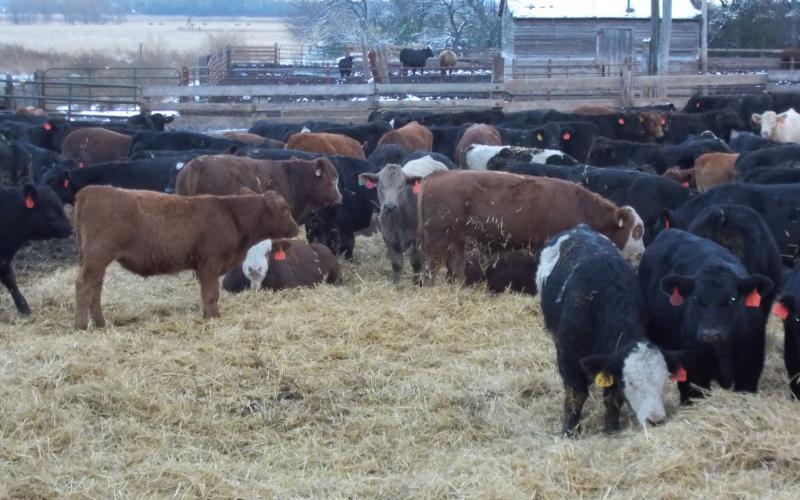
Managing Cattle Through Winter Weather Conditions
Winter weather conditions often present challenges to cattle managers in the Northern Plains. Although we can’t alter the weather, there are management steps that can be taken to help maintain cattle health and performance.

SDSU Extension Silage/Earlage Calculator
The Silage/Earlage Calculator is designed to help corn and livestock producers answer questions regarding the value of standing fields of corn either as grain, silage and earlage.
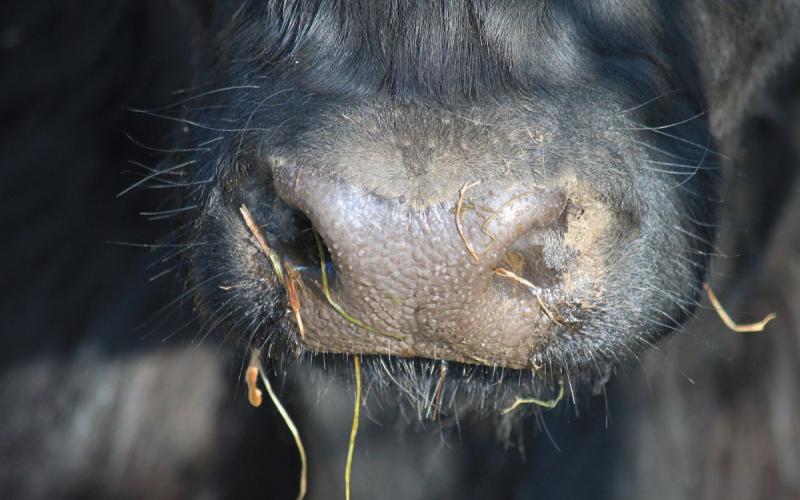
Using Feed Testing to Control Variation
By now all the summer and fall’s work of getting forage harvested has wrapped up. Now comes the task of converting all of that work into animal protein (at a profit)!
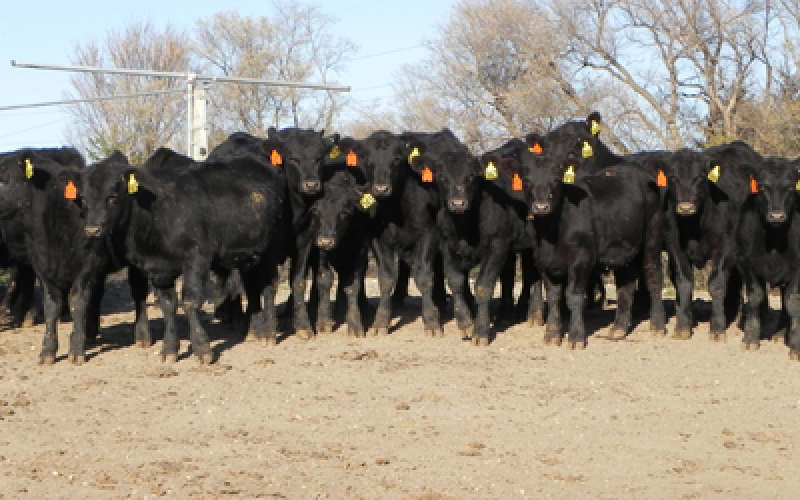
And They’re Off! Winning the Calf Starting Race
Feeding cattle successfully is a bit like a horse race; a bad start can doom the chances of winning. Getting calves off to a great start is crucially important if we want to maintain health and performance throughout the feeding period.
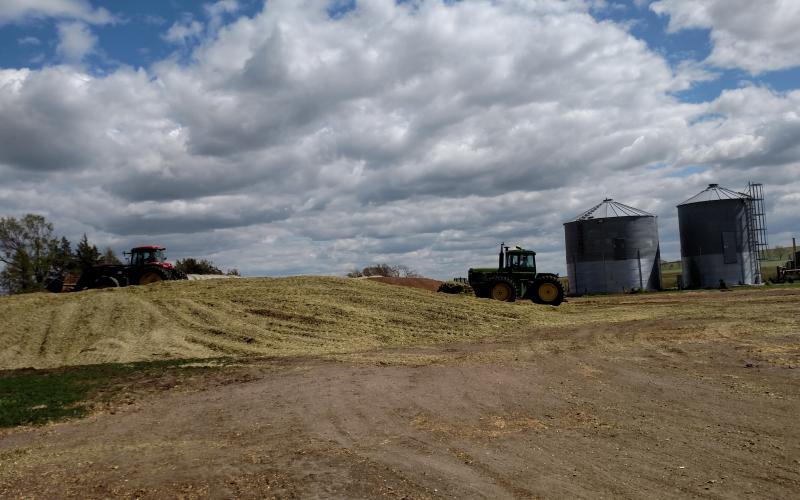
Silage Moisture Testing Tips
Two key points to keep in mind when making high-quality silage are moisture content before harvest and nutrient content before feeding.
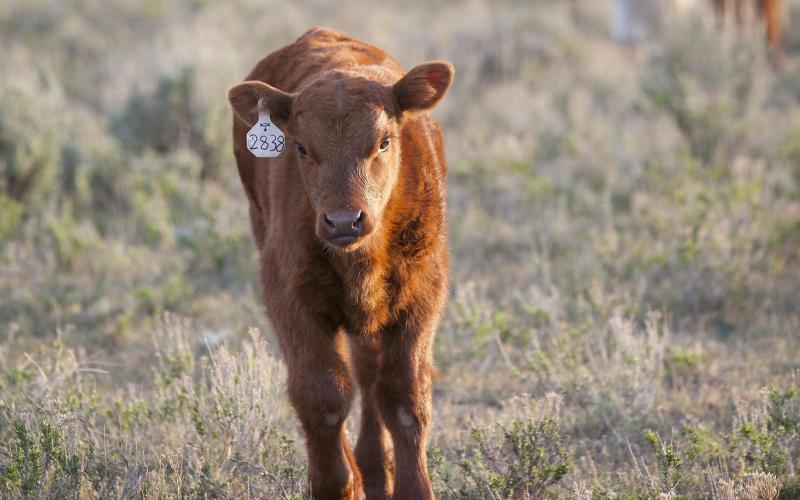
Managing Light-Weight Calves
Weaning calves early is a powerful management tool to reduce demands on range and pasture.
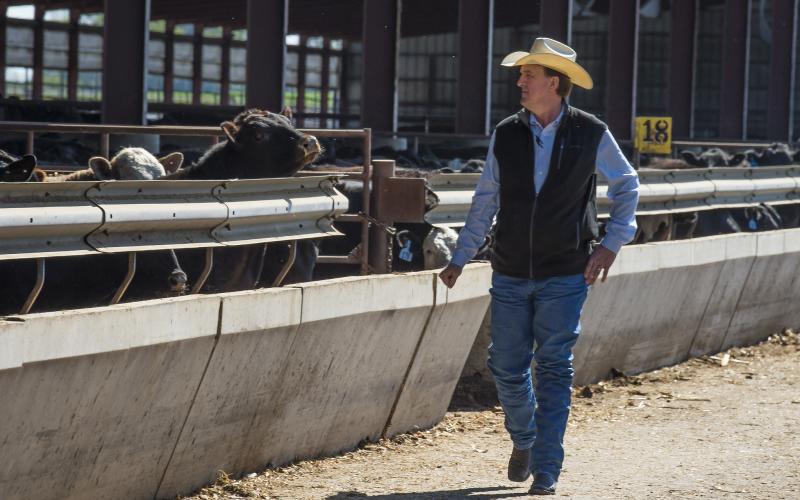
Making Use of “Ugly” Feeds
Feed does not have to be perfect to be useful. The key to making smart feeding decisions is knowing what the imperfections are and adjusting accordingly.

Supplementing Cows on Pasture to Stretch Forage Supplies
With dry conditions spreading quickly across the Dakota’s, producers are forced to make challenging decisions on how many cow/calf pairs to turn out to pasture, and then determine how long the pastures will even last if moisture doesn’t come soon. During the spring/summer months, supplementing grass with energy and protein can decrease forage dry matter consumption.
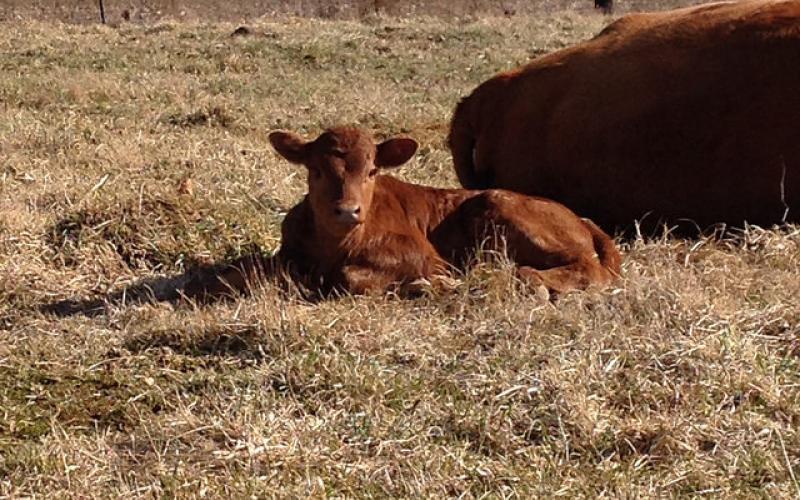
Early Weaning as a Drought Management Strategy
Successfully managing drought conditions requires balancing the amount of forage demanded by grazing livestock with the amount produced.
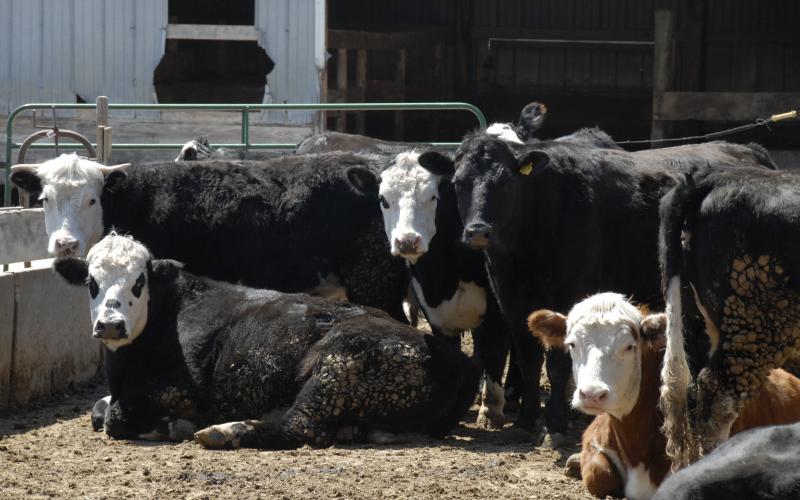
Liver Abscesses: The Unseen Profit Thief
Liver abscesses are a great example of an important value robber in feedlot cattle that’s not immediately apparent.